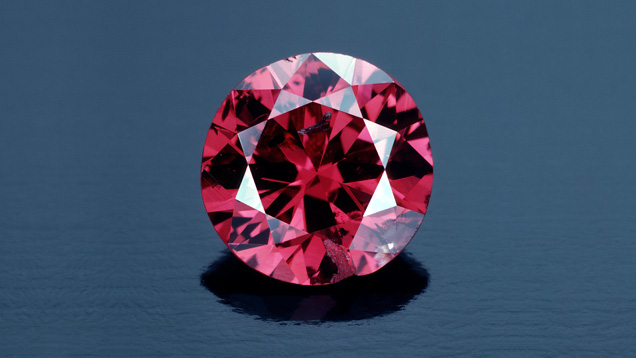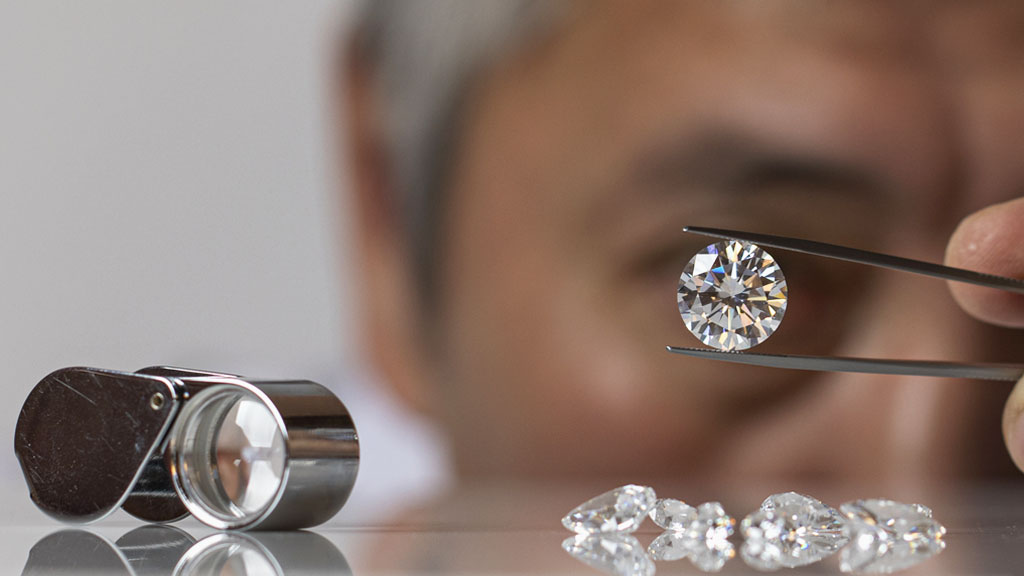
In the world of luxury and beauty, diamonds have long been revered as symbols of love, power, and wealth. However, not all diamonds come with the same connotations. Blood diamonds, also known as conflict diamonds, are diamonds that are mined in war zones and sold to finance armed conflict against governments. These diamonds have a dark history, one that has caused immense human suffering and destruction. Understanding what blood diamonds are, the impact they have, and the global efforts to combat their trade is essential for making ethical choices when it comes to purchasing diamonds.
What Are Blood Diamonds?
Blood diamonds are diamonds that are mined in areas controlledrebel forces, with the intention of financing wars and conflicts. These diamonds are often extracted under conditions of forced labor, human rights abuses, and violence. They are typically sold on the black market or through illicit channels to avoid detectionauthorities. The proceeds from the sale of blood diamonds are then used to fund the activities of armed rebel groups, exacerbating violence, war, and instability in already fragile regions.
The term “blood diamonds” was popularized during the 1990s, particularly during the civil wars in Sierra Leone, Angola, and Liberia. These countries were known for their use of diamonds as a means to fund armed conflict, often at the expense of the local population who were subjected to brutal conditions. In these areas, innocent civilians, including children, were forced into labor, and many were subjected to violence and exploitation.
The Human Cost of Blood Diamonds
The human cost of blood diamonds cannot be overstated. In war-torn regions, the mining of diamonds is often carried out under horrific conditions. Men, women, and children are forced to work in dangerous, unregulated mines, where they face the constant threat of injury, disease, and death. The work is grueling and often involves long hours in harsh conditions, with little regard for the workers’ safety or well-being.
Many individuals, especially children, are trafficked and forced into diamond mining, where they are exploited and abused. The diamonds they extract contribute to the violence and instability in their communities, as the revenue generated from their sale is used to fund rebel groups and perpetuate conflict. The consequences of this exploitation are far-reaching, leaving behind a legacy of suffering and devastation.
Global Efforts to End the Trade of Blood Diamonds
The trade in blood diamonds has gained significant attention from the international community, leading to efforts to curb the sale and distribution of these harmful stones. One of the most significant initiatives aimed at addressing the issue is the Kimberley Process Certification Scheme (KPCS), which was established in 2003. The Kimberley Process is a system that aims to prevent the trade in conflict diamondsrequiring that diamonds be certified as conflict-free before they can be sold internationally.
While the Kimberley Process has been successful in reducing the trade of blood diamonds in some regions, it has also faced criticism for its inability to fully eradicate the problem. Some countries continue to mine and trade conflict diamonds, circumventing the certification process. Additionally, there are concerns that the Kimberley Process does not adequately address human rights abuses and environmental damage associated with diamond mining. As a result, many advocacy groups and organizations are pushing for stronger regulations and greater transparency in the diamond supply chain.
Ethical Alternatives to Blood Diamonds
As awareness of the blood diamond issue has grown, many consumers are seeking ethical alternatives when purchasing diamonds. One of the most popular options is the purchase of lab-grown diamonds. Lab-grown diamonds are created in controlled environments using advanced technology, and they are chemically identical to natural diamonds. Because they are not mined, lab-grown diamonds do not contribute to the human rights violations or environmental degradation associated with blood diamonds.
Another alternative to blood diamonds is to buy diamonds that are certified as conflict-free through reputable organizations. Many jewelers now offer diamonds that are sourced from ethical mines, where workers are paid fairly, and environmental standards are adhered to. By choosing to purchase conflict-free diamonds, consumers can ensure that their purchases are not contributing to the suffering and violence causedthe blood diamond trade.
The Role of Consumers in Combating Blood Diamonds
Consumers play a vital role in the fight against blood diamonds. By making informed choices about where to purchase diamonds and asking questions about the source of the stones, consumers can help ensure that their money is not supporting the trade in conflict diamonds. Many jewelers and diamond retailers now offer transparent information about their supply chains and are committed to sourcing diamonds from ethical and responsible sources.
It is important for consumers to be proactive in their efforts to avoid blood diamonds. This means asking questions about the origin of the diamonds they are purchasing, requesting certification that the diamonds are conflict-free, and supporting jewelers who are committed to ethical practices. By choosing to invest in diamonds that are responsibly sourced, consumers can help reduce the demand for blood diamonds and encourage the industry to adopt more ethical standards.
The Impact of Blood Diamonds on the Diamond Industry
The presence of blood diamonds in the diamond industry has had a profound impact on the reputation of lab made diamonds as a whole. For many years, the diamond industry has been associated with luxury and status, but the blood diamond trade has cast a shadow over this image. As a result, the industry has faced increasing scrutiny and pressure to address the ethical implications of diamond mining.
To regain consumer trust, many companies in the diamond industry have made efforts to improve transparency and adopt more ethical practices. This includes implementing traceability systems to ensure that diamonds are sourced responsibly, as well as offering conflict-free certification for diamonds. While these efforts are a step in the right direction, there is still much work to be done to fully address the issue of blood diamonds and ensure that the diamond industry operates in a way that is fair, ethical, and sustainable.
Conclusion
Blood diamonds represent one of the darkest aspects of the diamond trade. These diamonds, mined under conditions of violence and exploitation, have caused immense human suffering and fueled conflicts around the world. While efforts have been made to curb the trade in blood diamonds, much work remains to be done to eradicate this issue completely. Consumers can play a key role in combating the trade in blood diamondsmaking ethical choices when purchasing diamonds and supporting businesses that are committed to responsible sourcing. By doing so, they can help ensure that diamonds are a symbol of love, beauty, and integrity, rather than suffering and violence.




